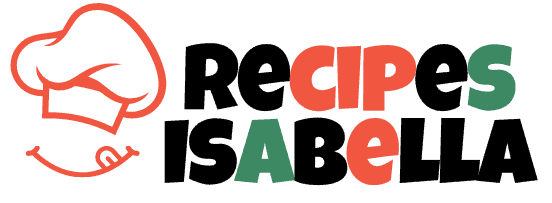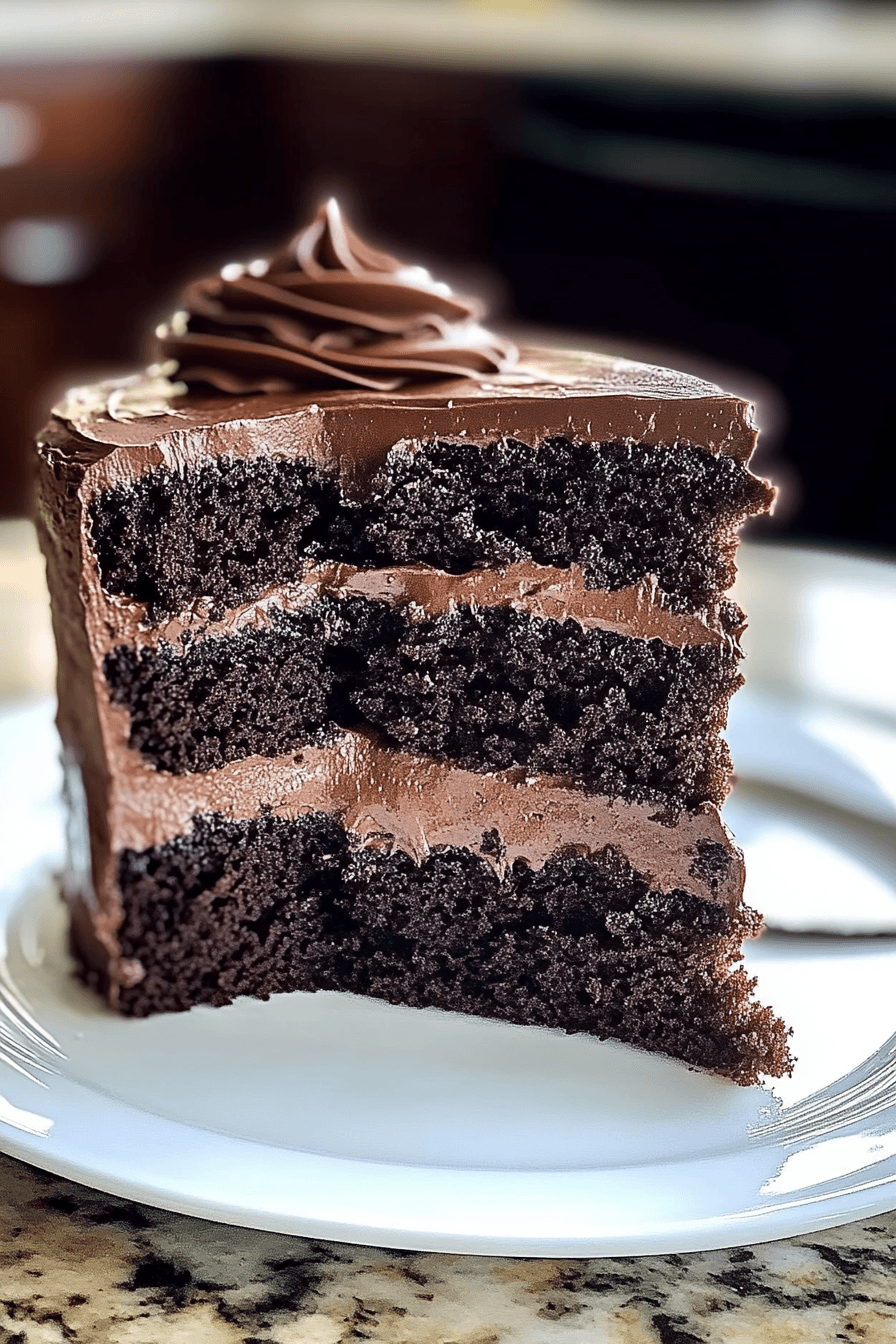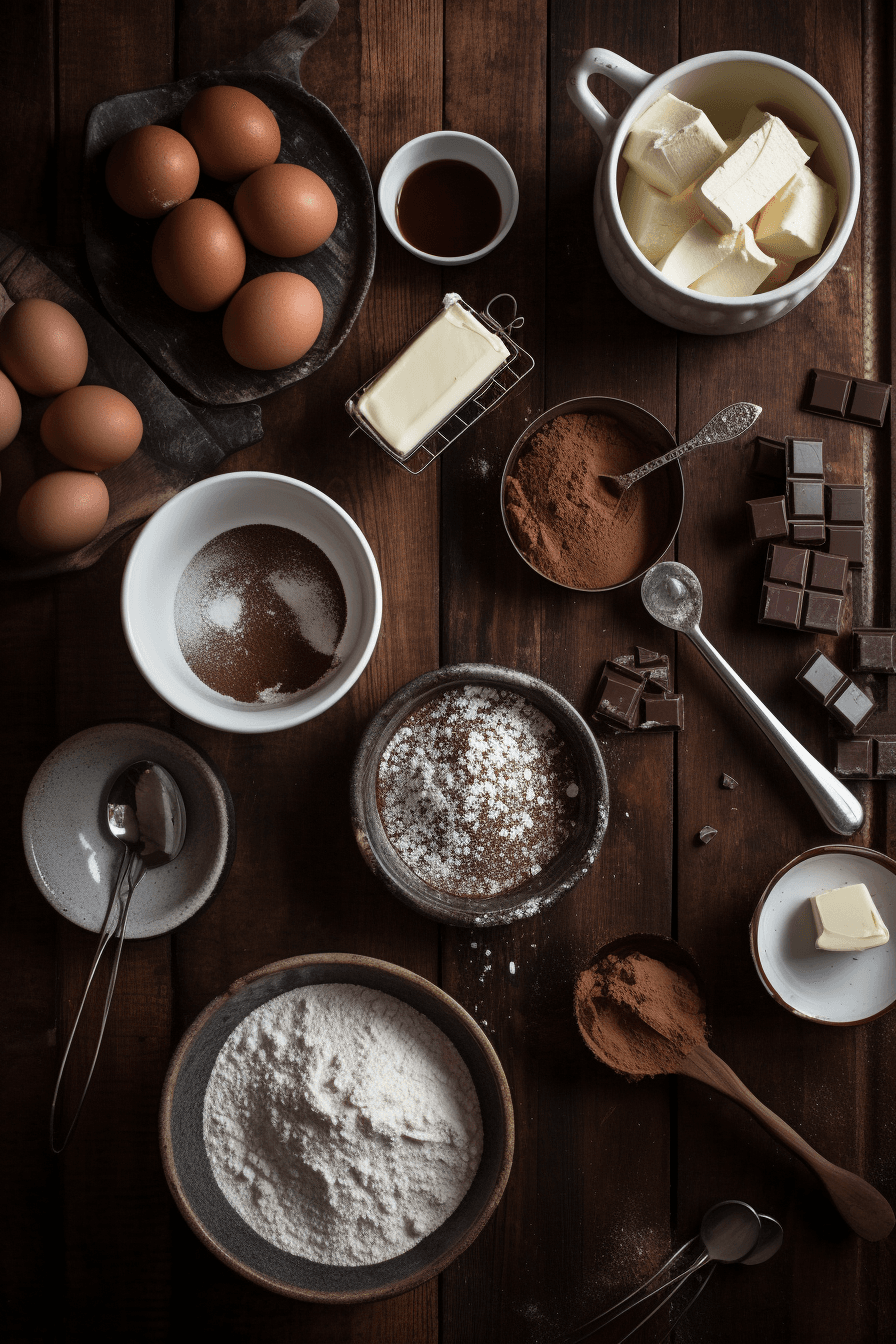Mastering chocolate buttermilk cake
The chocolate buttermilk cake is a simple and delicious dessert that captivates with its rich, moist, and fudgy texture, all beautifully made in one bowl. Incorporating buttermilk brings a subtle tang and tender crumb that perfectly balances the deep chocolate flavor. This recipe is ideal for home cooks looking for an easy yet impressive cake that doesn’t require complicated steps or an extensive list of ingredients.
Using pantry staples like all-purpose flour, unsweetened cocoa powder, and vegetable oil combined with buttermilk creates a harmonious blend where moisture and flavor meet. The addition of hot water or warm coffee intensifies the chocolate profile, while the glossy buttermilk chocolate frosting enhances the cake’s velvety finish. This chocolate buttermilk cake is a go-to dessert for birthdays, family gatherings, or simple weeknight treats thanks to its straightforward preparation and delightful outcome.
Jump To
- 1. Mastering chocolate buttermilk cake
- 2. Benefits and Advantages of chocolate buttermilk cake
- 3. Essential Ingredients for chocolate buttermilk cake
- 4. Dietary Substitutions to Customize Your chocolate buttermilk cake
- 5. How to Prepare the Perfect chocolate buttermilk cake: Step-by-Step Guide
- 6. Mastering chocolate buttermilk cake: Advanced Tips and Variations
- 7. How to Store chocolate buttermilk cake: Best Practices
- 8. Nutritional Value of chocolate buttermilk cake
- 9. FAQs: Frequently Asked Questions About chocolate buttermilk cake
- 10. Simple One-Bowl Buttermilk Chocolate Cake Recipe for Moist and Delicious Results
Benefits and Advantages of chocolate buttermilk cake
The chocolate buttermilk cake recipe stands out for several reasons, especially its ease and quality of results. One significant advantage is its one-bowl preparation, which minimizes cleanup and simplifies the baking process. This makes it accessible for beginner bakers and those short on time.
Buttermilk’s inclusion offers natural acidity that reacts with baking soda to give the cake an airy, tender crumb, preventing it from becoming dry or dense. The combination of melted butter and oil contributes to a moist texture that holds up well even after refrigeration or freezing. Using hot water or warm coffee deepens the chocolate’s richness without overpowering the palate.
Moreover, this cake’s adaptable nature allows it to fit different occasions, from casual hangouts to elegant celebrations. The buttermilk chocolate frosting’s glaze-like finish is easy to spread and adds the perfect sweet complement without overwhelming the cake. With wholesome pantry ingredients and clear steps, this chocolate buttermilk cake recipe offers a reliable and scrumptious option for chocoholics and everyday bakers alike.
Essential Ingredients for chocolate buttermilk cake
- 2 cups all-purpose flour
- 2 cups granulated sugar
- ½ cup unsweetened cocoa powder
- 2 teaspoons baking soda
- 1 teaspoon baking powder
- ½ teaspoon salt
- 3 large eggs at room temperature
- ½ cup unsalted butter, melted
- ½ cup vegetable or canola oil
- 1 cup buttermilk at room temperature
- 1 cup hot water or warm coffee
- For the frosting:
- ½ cup unsalted butter
- ¾ cup cocoa powder
- 1 (16-ounce) box powdered sugar (about 3 ¾ cups), sifted
- ⅓ cup buttermilk at room temperature
- 1 teaspoon vanilla extract
Each ingredient plays a purposeful role: the baking soda and powder provide lift and a soft crumb, while the buttermilk and warm liquids maintain moisture and deepen flavor. Using room temperature eggs and buttermilk ensures smooth, consistent mixing without lumps or curdling. The frosting combines traditional baking staples to create a smooth, glossy coating that perfectly pairs with the cake’s tender texture.
Dietary Substitutions to Customize Your chocolate buttermilk cake
This chocolate buttermilk cake can be adapted to accommodate various dietary needs and preferences:
- Buttermilk Substitute: Use 1 cup milk mixed with 1 tablespoon lemon juice or white vinegar. Let it sit for 5-10 minutes until it curdles slightly before incorporating.
- Oil Alternatives: Substitute vegetable or canola oil with melted coconut oil or light olive oil for different flavor nuances or healthier fats.
- Egg Replacements: Use commercial egg replacers, unsweetened applesauce (¼ cup per egg), or mashed bananas, though these may affect texture and flavor slightly.
- Gluten-Free: Replace all-purpose flour with a gluten-free baking blend following the same measurement. Expect minor texture variations.
- Sugar Alternatives: Substitute granulated sugar with coconut sugar or erythritol for reduced glycemic impact; adjust baking times slightly as needed.
- Dairy-Free: Use plant-based butter and dairy-free buttermilk alternatives such as almond or soy milk mixed with acid (lemon juice/vinegar). Ensure the powdered sugar is vegan-friendly.
These substitutions keep the classic character of the chocolate buttermilk cake while making it suitable for special diets or ingredient availability. For more insights about baking techniques and desserts, explore our Chocolate Strawberry Cheesecake recipe.
Explore additional baking tips at tips for baking with buttermilk and learn benefits of using buttermilk in baking to perfect your cakes.
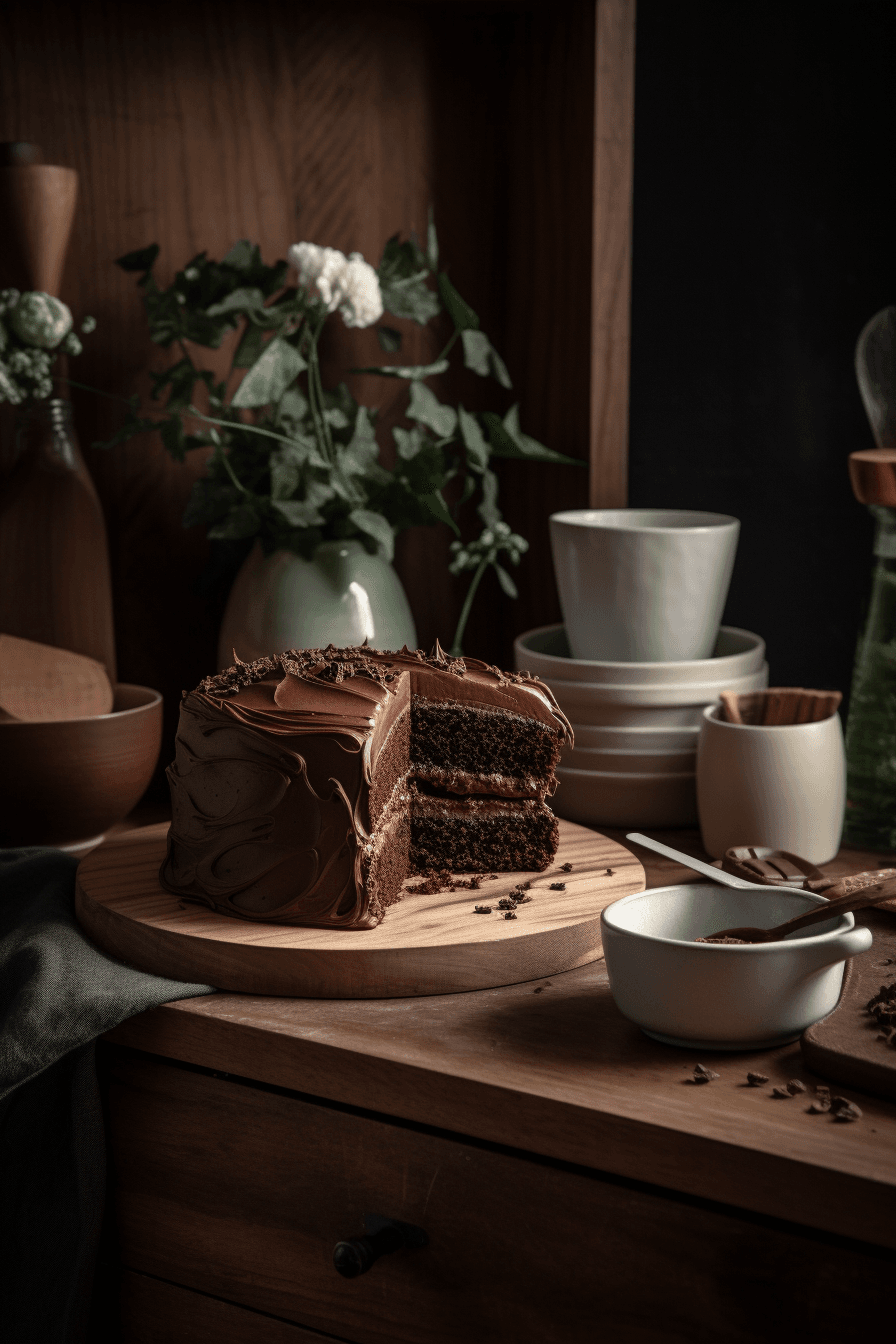
How to Prepare the Perfect chocolate buttermilk cake: Step-by-Step Guide
- Preheat the Oven and Prepare Pan: Set your oven to 350°F (177°C). Grease and line a 9×13-inch cake pan with parchment paper to prevent sticking and ensure easy removal.
- Mix Dry Ingredients: In a large bowl, whisk together 2 cups all-purpose flour, 2 cups granulated sugar, ½ cup unsweetened cocoa powder, 2 teaspoons baking soda, 1 teaspoon baking powder, and ½ teaspoon salt until combined evenly.
- Add Wet Ingredients: Add 3 large room temperature eggs, ½ cup melted unsalted butter, ½ cup vegetable or canola oil, and 1 cup buttermilk (also at room temperature) into the dry mix. Whisk until fully combined, creating a smooth batter.
- Incorporate Hot Liquid: Gradually whisk in 1 cup hot water or warm coffee to the batter. This step deepens the chocolate flavor and lightens the cake texture.
- Bake the Cake: Pour batter into your prepared pan and tap gently to release air bubbles. Bake for 30-35 minutes, testing doneness using a toothpick inserted in the center; it should come out with moist crumbs.
- Cool Before Frosting: Let the cake cool in the pan for 15-20 minutes. Transfer to a wire rack to cool completely before adding frosting to prevent melting.
- Prepare Buttermilk Chocolate Frosting: Melt ½ cup unsalted butter over low heat. Stir in ¾ cup cocoa powder, cooking for about 1 minute. Remove from heat and whisk in ⅓ cup room temperature buttermilk, 1 teaspoon vanilla extract, and 1 (16-ounce) box sifted powdered sugar until the frosting is smooth and spreadable.
- Frost the Cake: Pour and spread the glossy buttermilk chocolate frosting over the cooled cake evenly. Allow it to set before slicing and serving.
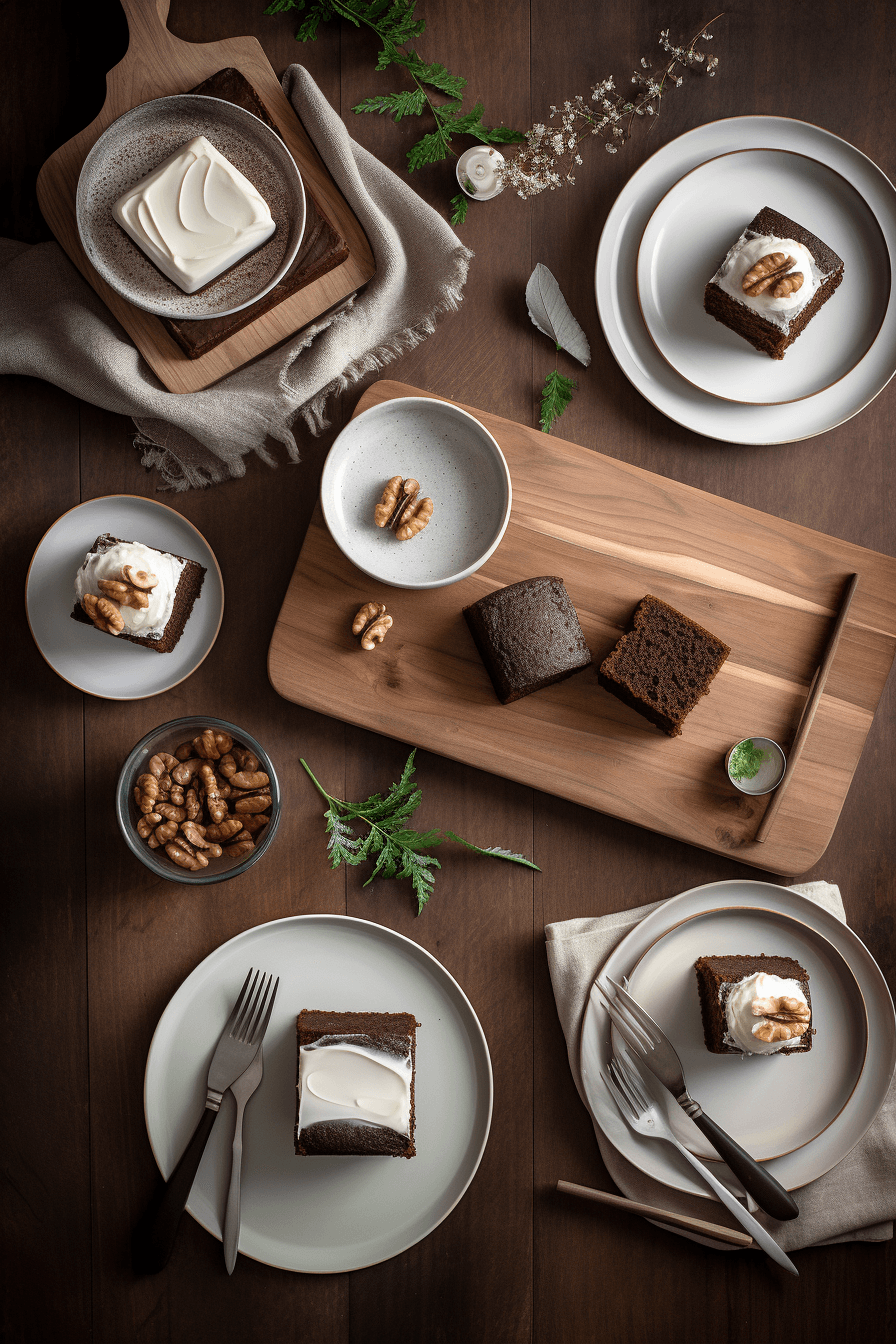
Mastering chocolate buttermilk cake: Advanced Tips and Variations
Tips for the Best Chocolate Buttermilk Cake
- Use full-fat buttermilk to add moisture with a subtle tang that balances the sweetness. Alternatively, create homemade buttermilk by combining milk with lemon juice or vinegar.
- Ensure all ingredients are at room temperature to achieve a smooth, well-mixed batter without lumps.
- Start checking the cake for doneness at 30 minutes to avoid over-baking, which can cause dryness.
- Sifting the powdered sugar before adding to the frosting avoids lumps and gives a silky texture.
- Adding warm coffee instead of water intensifies the chocolate flavor and adds rich depth.
- The frosting has a glaze-like consistency, making it ideal to pour over the cake, but not suitable for layering between cake layers.
Variations to Try
- Adapt the recipe into cupcakes baked for 15-20 minutes, then frost by dipping the tops into the chilled frosting.
- Add toasted pecans to the frosting for texture contrast and nutty flavor.
- Experiment with flavor extracts such as almond or orange to give a unique twist to the classic chocolate buttermilk cake.
- Use coconut oil instead of vegetable oil for a subtle tropical note and a dairy-free version when combined with a suitable frosting.
How to Store chocolate buttermilk cake: Best Practices
Store your chocolate buttermilk cake in an airtight container at room temperature for up to 4 days to maintain softness and moisture. If your frosting contains perishable ingredients like fresh cream, refrigerate the cake, where it will remain fresh for up to a week.
For longer storage, freeze the unfrosted cake layers wrapped tightly in plastic wrap for up to 2 months. Thaw completely at room temperature before frosting and serving.
If refrigerated, bring the cake to room temperature before slicing for the best texture and flavor.
Nutritional Value of chocolate buttermilk cake
| Nutrient | Amount per Serving (Approximate) |
|---|---|
| Calories | 350-400 kcal |
| Total Fat | 18-22 g |
| Saturated Fat | 9-11 g |
| Sodium | 300-350 mg |
| Total Carbohydrates | 45-50 g |
| Sugars | 35-40 g |
| Protein | 4-6 g |
The chocolate buttermilk cake offers rich calories primarily from butter, oil, and sugar, balanced with moderate protein from eggs and buttermilk. Using buttermilk contributes moisture and tanginess while supporting a tender crumb texture. Enjoy this decadent treat occasionally as part of a balanced diet.
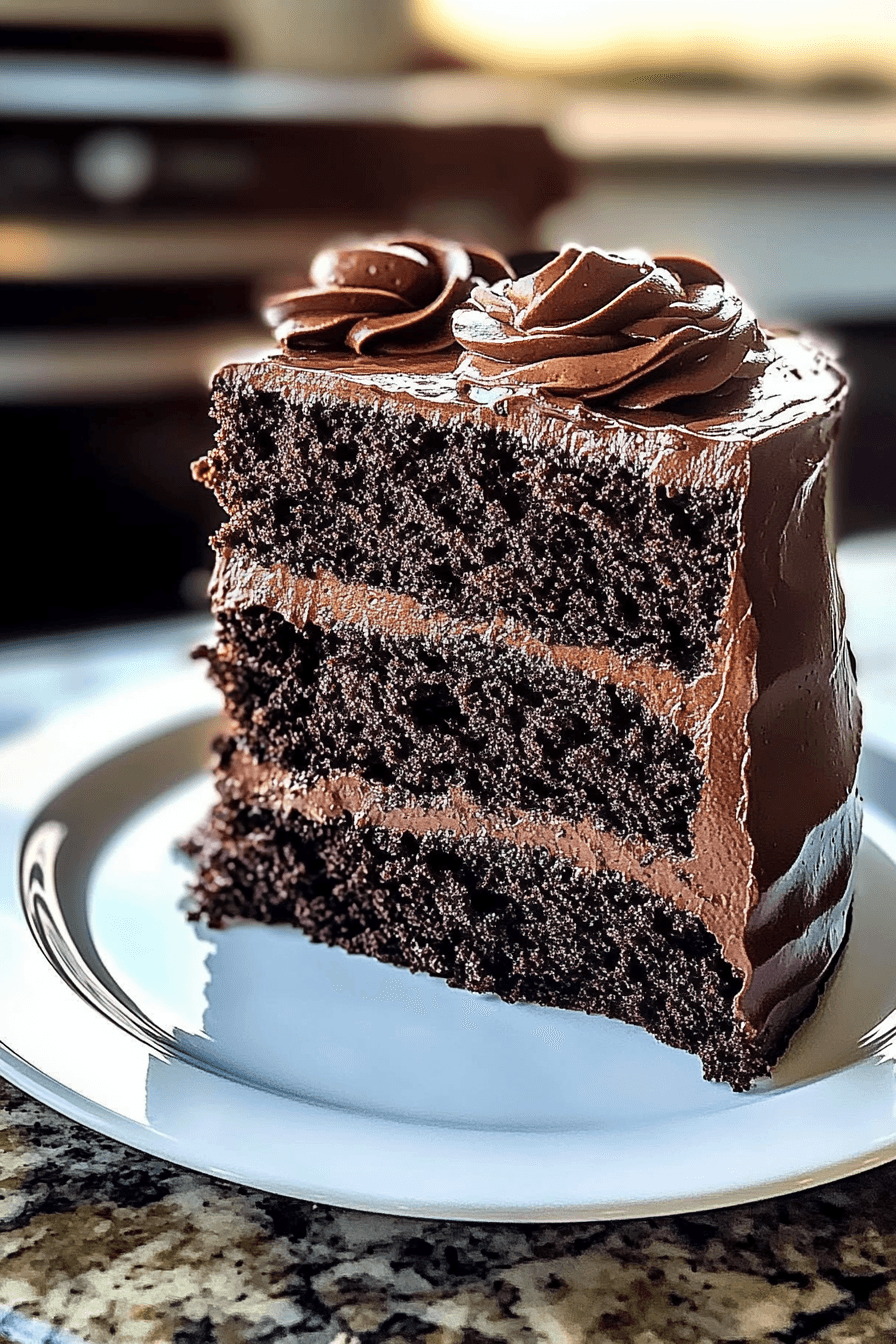
FAQs: Frequently Asked Questions About chocolate buttermilk cake
What does buttermilk do in a chocolate cake recipe?
Buttermilk adds moisture and acidity, which helps tenderize the gluten in the flour and activates the baking soda, aiding leavening. It also imparts a subtle tang that balances the cake’s sweetness and contributes to a fluffy, tender crumb.
Is it necessary to refrigerate a chocolate buttermilk cake?
The cake can be stored at room temperature for several days if the frosting doesn’t contain perishable ingredients like cream cheese. If your frosting has dairy-based ingredients, refrigeration prolongs freshness and keeps it safe to eat for up to a week.
How do you make a homemade buttermilk substitute?
Mix 1 tablespoon lemon juice or white vinegar with 1 cup of milk. Let it sit for 5 to 10 minutes until it curdles slightly; this mixture can then be used as a buttermilk substitute in the recipe.
Can chocolate buttermilk cake be baked in different types of pans?
Yes, the cake can be baked in various pans, such as layer cake pans or bundt pans. Just adjust the baking time accordingly: layer pans usually take 25-30 minutes, bundt pans may need 40-45 minutes. Frosting consistency or application might vary depending on the pan shape.
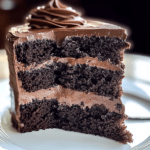
Simple One-Bowl Buttermilk Chocolate Cake Recipe for Moist and Delicious Results
- Total Time: 1 hour 45 minutes
- Yield: 12 servings 1x
- Diet: Vegetarian
Description
🍫 Indulge in the rich, moist texture of this Simple One-Bowl Buttermilk Chocolate Cake, perfect for chocolate lovers.
🎂 Effortlessly made with pantry staples, this cake delivers a deliciously fudgy and tender crumb every time.
Ingredients
2 cups all-purpose flour
2 cups granulated sugar
½ cup unsweetened cocoa powder
2 teaspoons baking soda
1 teaspoon baking powder
½ teaspoon salt
3 large eggs at room temperature
½ cup unsalted butter, melted
½ cup vegetable or canola oil
1 cup buttermilk at room temperature
1 cup hot water or warm coffee
½ cup unsalted butter
⅔ cup cocoa powder
1 (16-ounce) box powdered sugar (about 3 ¾ cups), sifted
⅓ cup buttermilk at room temperature
1 teaspoon vanilla extract
Instructions
1. Preheat the oven to 350°F (177°C). Grease and line a 9×13-inch cake pan with parchment paper.
2. In a large bowl, whisk together the flour, sugar, cocoa powder, baking soda, baking powder, and salt.
3. Add the eggs, melted butter, oil, and buttermilk; whisk until combined. Gradually whisk in the hot water.
4. Pour the batter into the prepared pan, tapping the counter gently to release air bubbles.
5. Bake for 30-35 minutes or until a toothpick inserted into the center comes out with moist crumbs. Cool in the pan for 15-20 minutes, then transfer to a rack.
6. For the frosting, melt the butter over low heat. Add the cocoa powder and cook for about 1 minute.
7. Remove from the heat and whisk in the buttermilk, powdered sugar, and vanilla until smooth.
8. Pour the frosting over the cooled cake, allowing it to set before slicing.
Notes
🧴 Full-fat buttermilk gives the cake additional moisture and flavor. Substitute with milk and lemon juice if needed.
🥄 Ensuring all ingredients are at room temperature aids in smooth mixing.
👩🍳 Start checking the cake for doneness at 30 minutes to prevent it from drying out.
- Prep Time: 10 minutes
- Cooling Time: 1 hour
- Cook Time: 30-35 minutes
- Category: Dessert
- Method: Baking
- Cuisine: American
Nutrition
- Serving Size: 1 slice
- Calories: 320
- Sugar: 35 grams
- Sodium: 300 mg
- Fat: 15 grams
- Saturated Fat: 7 grams
- Unsaturated Fat: 6 grams
- Trans Fat: 0 grams
- Carbohydrates: 44 grams
- Fiber: 2 grams
- Protein: 4 grams
- Cholesterol: 65 mg
